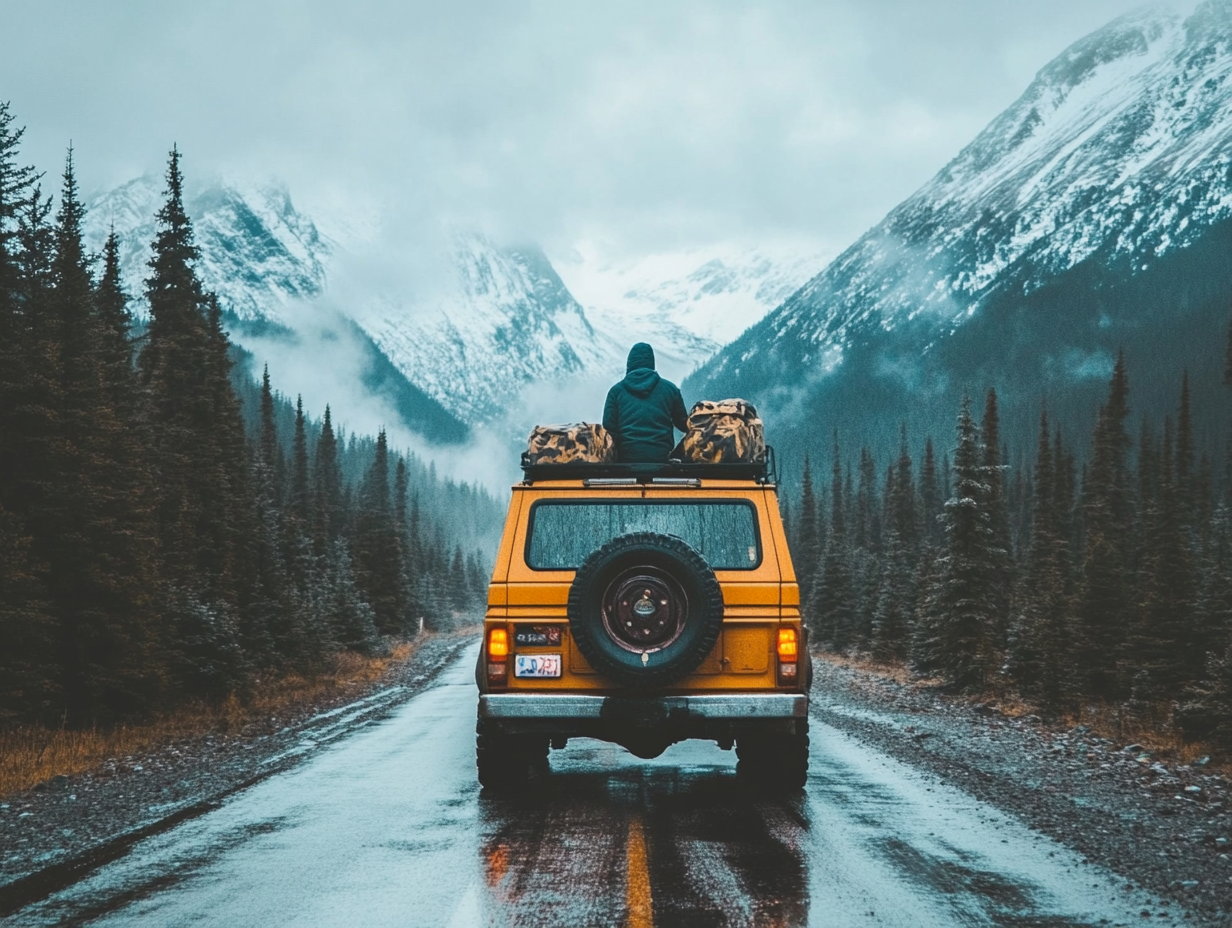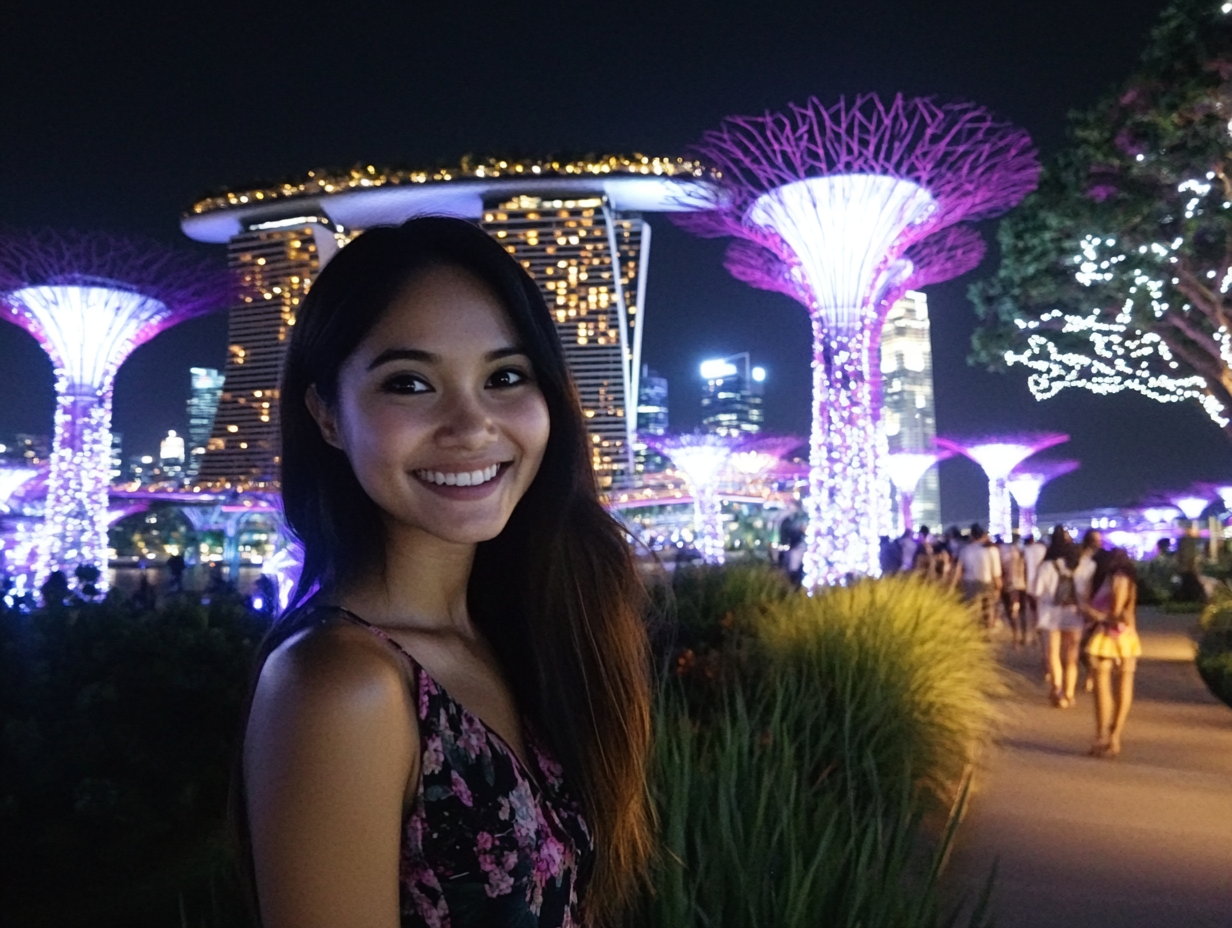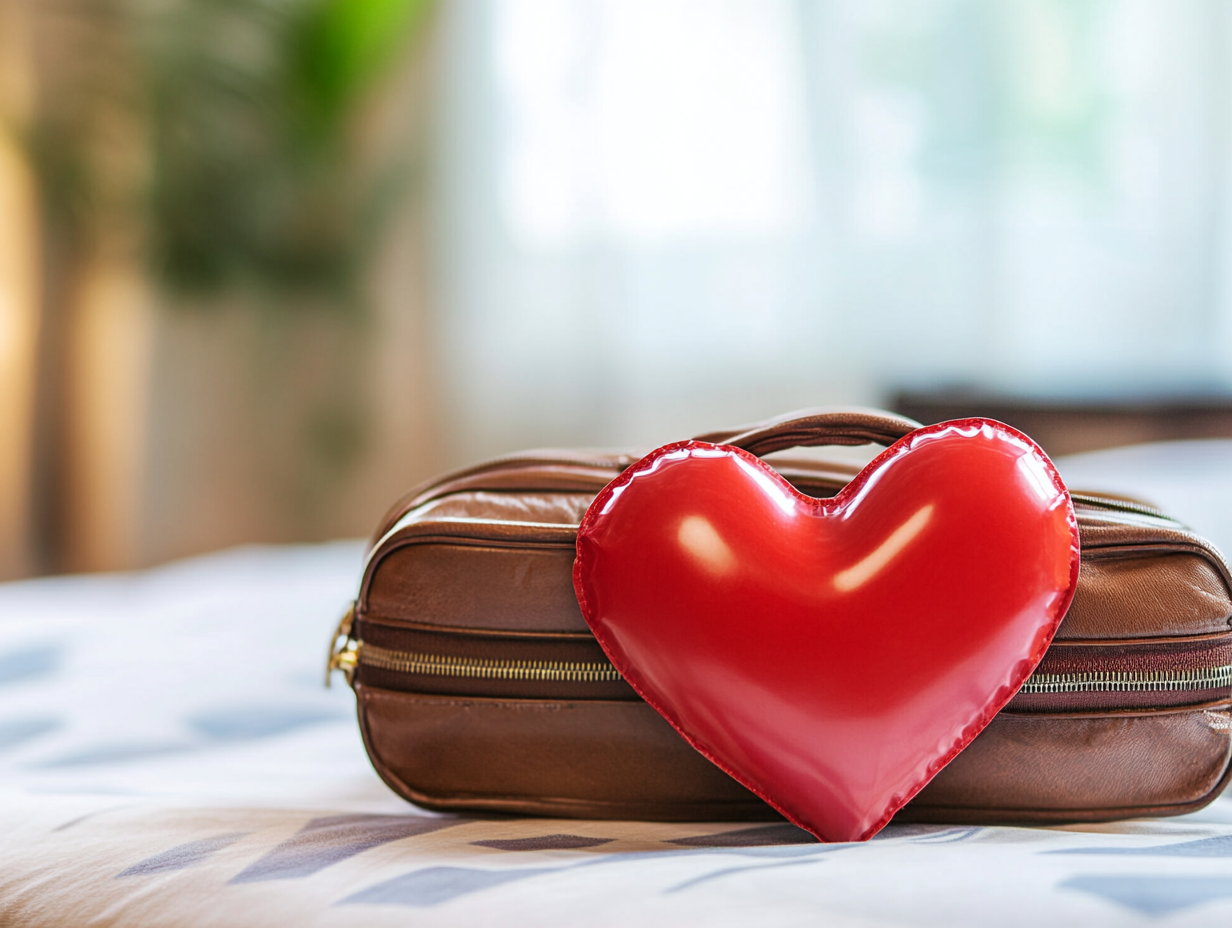Travel has long been touted as a way to broaden horizons, challenge perspectives, and rejuvenate the spirit. It can also have a profoundly positive impact on mental health. The benefits of travel on mental well-being are undeniable.
7 ways travel benefits mental health
Research shared by the World Travel & Tourism Council shares the following 7 ways travel can positively impact mental health:
1. Gives you a break from stress
Travel serves as a powerful antidote to stress, giving one a chance to escape daily pressures and dive into new experiences. Exploring unfamiliar environments and cultures can significantly boost mood and outlook on life. By providing a mental and physical break from everyday stressors, travel allows individuals to return home feeling refreshed with new perspectives.
2. Fresh environments stimulate the brain
Engaging with different cultures and environments stimulates the brain, which in turn enhances cognitive flexibility. This increased mental agility allows for more creative thinking and problem-solving skills. Exposure to diverse perspectives and ways of life can inspire new ideas and approaches.
3. Broadened horizons give you an energy high
Contrary to the misconception that time away from work hinders productivity, travel can actually boost energy levels and work performance. The rejuvenation experienced during a trip often translates into increased motivation and efficiency upon return. This renewed vigour can, in fact, lead to improved focus and productivity in various aspects of life.
4. New perspectives encourage empathy and understanding
Travel provides unique opportunities to connect with people from different backgrounds, which builds empathy and broadens one’s worldview. These interactions can help reduce biases, increase tolerance, and develop a more nuanced understanding of global issues. The result is often a more compassionate and open-minded approach to life and relationships.
5. Getting physical outdoors connects you to nature
Many travel experiences involve increased physical activity, such as walking tours, hiking, or trying new sports. This boost in exercise, often coupled with exposure to natural environments, can have significant positive effects on mental health. Engaging with nature and scenic landscapes has been shown to increase overall well-being.
6. Overcoming travel challenges can boost self-confidence
Navigating new environments, overcoming language barriers, and solving travel-related challenges can greatly enhance your self-confidence. Accomplishing personal travel goals, whether it’s visiting a long-dreamed-of destination or trying an adventurous activity, provides a sense of achievement that can positively impact overall self-esteem.
7. Travelling with loved ones nurtures relationships
Travelling with loved ones can deepen bonds and create shared memories that last a lifetime. These experiences fullfill the human need for love and belonging, as identified in Maslow’s hierarchy of needs. Additionally, solo travellers often form meaningful connections with fellow travellers or locals, expanding their social network and fostering a sense of global community.
By incorporating these benefits into your lifestyle through regular travel, you can significantly contribute to your mental well-being. Whether it’s a short weekend getaway or an extended international adventure, the positive impact of travel on mental health is clear.



